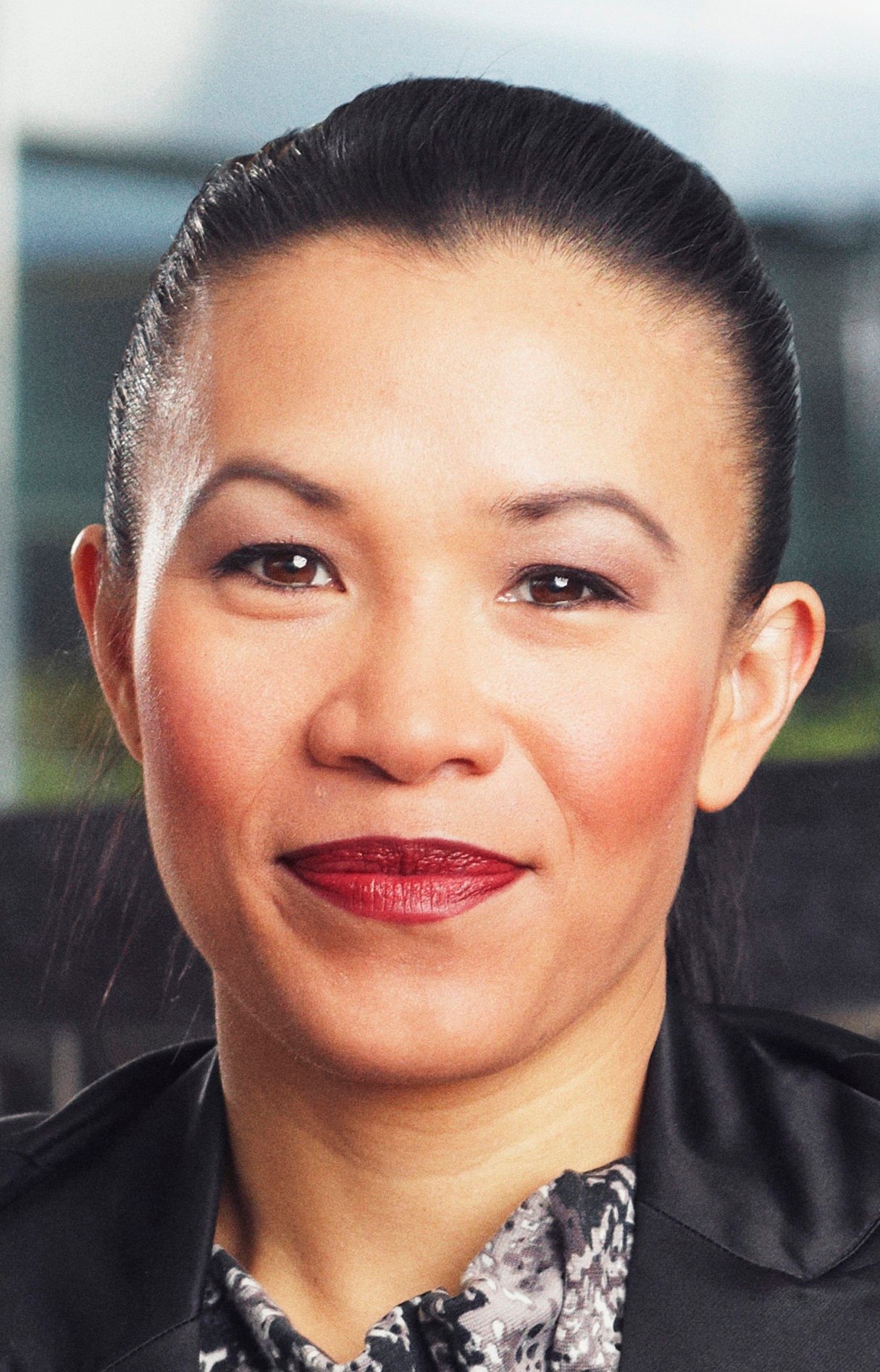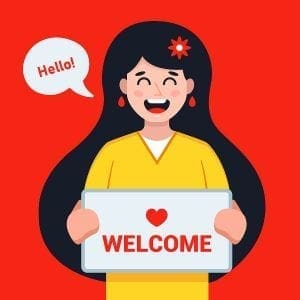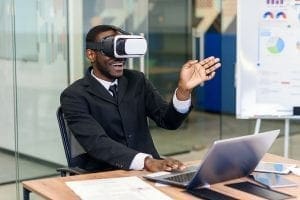 Better chosen talent, thanks to virtual reality
Better chosen talent, thanks to virtual reality
You don’t want to fall and fail… One step at a time as you walk along that 30 cm large and 2 m long plank of wood. You are 150 meters high from the ground on the roof of a skyscraper where this board is fixed, high above the void. The void? What void? All this is virtual! And yet, you feel like the void is real. In fact, Franck, the owner of the virtual reality game room, has placed a virtual reality (VR) head-mounted display (HMD) over your eyes, replacing the view of your real physical surroundings with a digitally generated display which feels like you’re on the rooftop of a skyscraper. Once you set foot on the board, you are already immersed in a virtual world that has become your reality. You feel like you are above the void, while the plank of wood is … in reality … simply the floor.
The HMD has optic, electromagnetic and mechanic devices that continually capture the position and orientation of the user. Thanks to VR HMD, as the user looks up and down, left or right, and moves, turns, sits down or stands up, data is computerized so that proper resulting signals are sent back to the displays which deliver computer-generated images. As a user, in whichever direction you look, you see this surrounding computer-generated world in 3D stereo with movement and motion parallax. You are conscious that this is a virtual scenario but you are inexorably immersed into it, rather than remaining attached to the real world. You acknowledge that this is not reality. It is indeed a “second world”.
SecondWorld is the name of VR game rooms launched by Franck Milet, a Swiss entrepreneur who also contributed to the creation of VR4Health with Thierry Barsalou, a Stanford graduate and physician, committed to VR as a cure of phobias, such as acrophobia, and who recently founded VR4Business, VR applications in businesses. Certainly, in gaming contexts, VR allows us to shoot zombies with machine guns, explore unknown territories or solve puzzles in escape games. VR games can be very physical and psychological, we have to surpass ourselves, and in some cases, build up and manage teams. VR is definitely an accurate tool to consider for team building projects. Hence, the relevance of applying VR in a professional context is obvious.
VR makes your business look sexy
VR is sexy. No, it’s not about VR applications in the sex industry, which are indeed broad. It is more about how VR can make your location, your company or your hotel look very attractive. In its most basic applications for the professional sphere, VR brings an original, innovative and technological touch to professional stands at trade fairs and conferences. HMDs offer virtual tours and visits to tourist locations, event and business sites, real estate condominiums, and hotels and residences. Without having to travel, the tourist, the public relations agent, the future owner or tenant can thus immerse themselves and better project themselves in a reality that is certainly virtual today, but could become real for them tomorrow.
VR can enhance a company’s reputation in the eyes of its guests or customers by making clients discover products and services from an exciting, simulated perspective. VR can also contribute to a company’s employer branding and thus make a company more attractive to candidates while lowering transportation costs. For instance, many companies now use immersive videos that simulate the experience of visiting company offices.
Some organizations create games (e.g. Marriott, Red Bull, L’Oréal, Deloitte) or bring HMDs to career fairs, or even allow candidates to get first-hand virtual experience in hard-to-fill roles like train electrician, tank driver and other military scenarios (e.g. Deutsche Bahn, British Army). For instance, VR4Business has developed VR solutions for several organizations in Switzerland, from energy to consulting, from banks to cosmetics, from car sellers to retailers and casinos (Romande Energie, PwC, Raiffeisen, NaturAlps, Groupe Chevalley, Manor Group, Casino Barrière Group).
Although it might not be considered VR since there is no HMD that immerses the user into a simulated reality, companies using games, like Marriott hotel chain, still aim at making potential employees experience something different that helps them stand out as an employer. The Marriott game allows candidates to virtually run their own restaurant, including managing a budget, training employees and experiencing the fast-paced environment of a Marriott kitchen.
By using gamification – based on role-play basis that is similar, but still inferior in terms of immersion, simulation, and presence, to what VR is capable of – Marriott’s goal to attract millennial candidates to hospitality roles worked out. In just two weeks, the Marriott game was played in over 80 countries by people who found it particularly addictive. Well-above and beyond gamification, VR has such an immersive power that simply using it for making your company more attractive may be a lost opportunity. Much more is at stake. VR is a sustainability-oriented innovation that promises high return on investments as well as durable ecological and ethical positioning.
VR 4 business: from branding to training
VR started about 50 years ago. In the last 25 years, an enormous amount of research has been carried out. A huge range of applications have been explored and then exploited by scientists, engineers and professionals in many fields, from military to medicine, from neuroscience to sports and travel, from psychotherapy to business. VR technology has often proven to be effective as a tool for simulating various realities. For instance, the use of simulations in surgical training has enabled VR-trained surgeons to be 29% faster than classically trained surgeons and to be six times less likely to make errors with regards to their performance in laparoscopic cholecystectomy gallbladder dissection (e.g. Seymour et al., 2002).
Thus, in the business world, VR-based training has developed with a focus on specific job skills, “hard skills”, through simulations on various procedures, e.g. flying planes, repair and maintenance, equipment operation. More recently, the impact of using VR to train managers in “soft skills” has also been a field of research and application. For instance, PwC compared three training modalities for helping their managers acquire inclusive leadership competencies: classroom, e-learn and VR-learn.
Based on a series of pre- and post-assessments, respectively prior to and after the training, the results of PwC comparison showed that employees trained using VR completed their training faster and were more committed into their training from both a cognitive and an emotional viewpoint. This VR training was considered more cost-effective at scale than classical training. Maybe it is because VR training immerses the learner in real-life scenarios, role-plays and decision-making simulations that are not used in the classical training or even the e-learn setting?
Interestingly, many VR training programs pertaining to “soft skills” include simulations of recruitment situations. Indeed, one area that VR is making waves in is recruiting. But regarding VR applications in recruitment, we must consider the candidates and the recruiters as different VR users. Certainly, many organizations using VR for recruiting purpose aim to improve the candidates’ experience, and show them how innovative and audacious they are. Again, a matter of employer branding.
But some organizations also aim at improving the predictive validity of the selection process by making candidates experience the kind of projects employees handle through a simulated reality, and by testing their knowledge, skills and abilities, be it to make agile decisions, resolve complex problems or manage interpersonal conflicts.
EHL researching VR for talent recruitment
As a professor and researcher at EHL, I have recently launched a Research & Development project on VR in talent recruitment with VR4Business. Our preliminary study, sponsored by Innosuisse, aims at identifying market opportunities in developing VR for enhancing the predictive validity of selection. More broadly, for making selection more efficient, including return on investment aspects. VR allows simulations that challenge our physical abilities, as well as intellectual, mental, moral, sensitive and emotional competencies. Therefore, VR is considered an accurate tool for creating simulated work samples and work trials that can solicit candidates’ competencies relevant to the job they are applying for, and this make sense considering the corporate culture of the recruiting company.
VR also enables huge data collection. For instance, candidates equipped with a HMD microphone can make choices aloud from a list of options while facing a typical work situation, simulated in VR. A voice-to-text service matches spoken words to the option, so that virtual human characters can react appropriately to what the candidate says. Each option allows candidates to experience what it takes to embody their potential future job.
The VR equipment allows for huge data collection, including time to respond to specific perceptual cues and stimuli, gaze heat-maps (what was the user looking at, for how long, and what was the user doing before and after that gaze), and also emotional states (joy, fear, anger) through the use of relevant signals like facial expressions, tone of voice, type of language, speed of moves, eyesight focus, etc. Such data can be then interpreted in terms of indicators of performance potential.
Such measurements would replace human observations, intuitive inferences and potentially biased assessment with data-driven sorting and ranking that can be computerized and translated into algorithms. Selecting candidates through the use of VR is assumed to reach a high level of predictive validity, i.e. the ability to predict future performance in the job, based on many reasons. First, in the case of VR-based recruiting games, studies have shown that there are significant links between candidates’ scores on the games and their future job performance. Second, based on research, selection tools are considered most predictive when they put all candidates through the same process, in the same conditions, and have a predefined scoring key to make sense of the answers and behaviors of the candidates, which is the case for VR based hiring. Third, research has demonstrated how the use of VR in job interviews achieves a high rate of acceptance for first-time users / candidates, who feel like such VR-based selection processes ensure higher social equity and lower unfair discrimination, or lower adverse impact.
For candidates, VR is an opportunity to realize whether a job is suitable for them or not, not just the duties involved, but also the company’s culture and workplace climate. In addition, candidates can experience the virtual office environment without wasting on time on travel. Similarly, the recruiter also saves time on scheduling candidates’ visits and transportation costs.
In line with today’s needs
Reducing transport & travel and ensuring social distancing is another VR positive in this period of restrictions due to COVID-19. The use of VR in talent recruitment also makes perfect sense in an era where we prioritize sustainable development, in accordance with UNO 2021 agenda. The research I am currently conducting in partnership with Franck Milet, founder of VR4Business, under Innosuisse sponsorship, aims at evaluating the extent to which VR can be seen as a sustainability-oriented innovation that would guarantee the selection of candidates with an equivalent or even higher predictive validity than traditional recruitment tools, at a lower cost.
Hiring the right person is probably the most important decision a manager makes. VR has the potential to make this process more accurate, more ecologically, socially and economically efficient, as well as acceptable and sustainable for today’s needs.
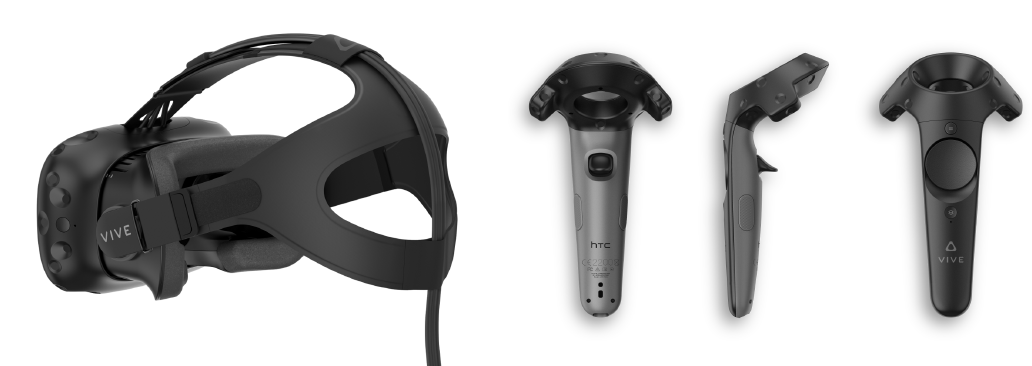
VR HMD and controllers (wands).
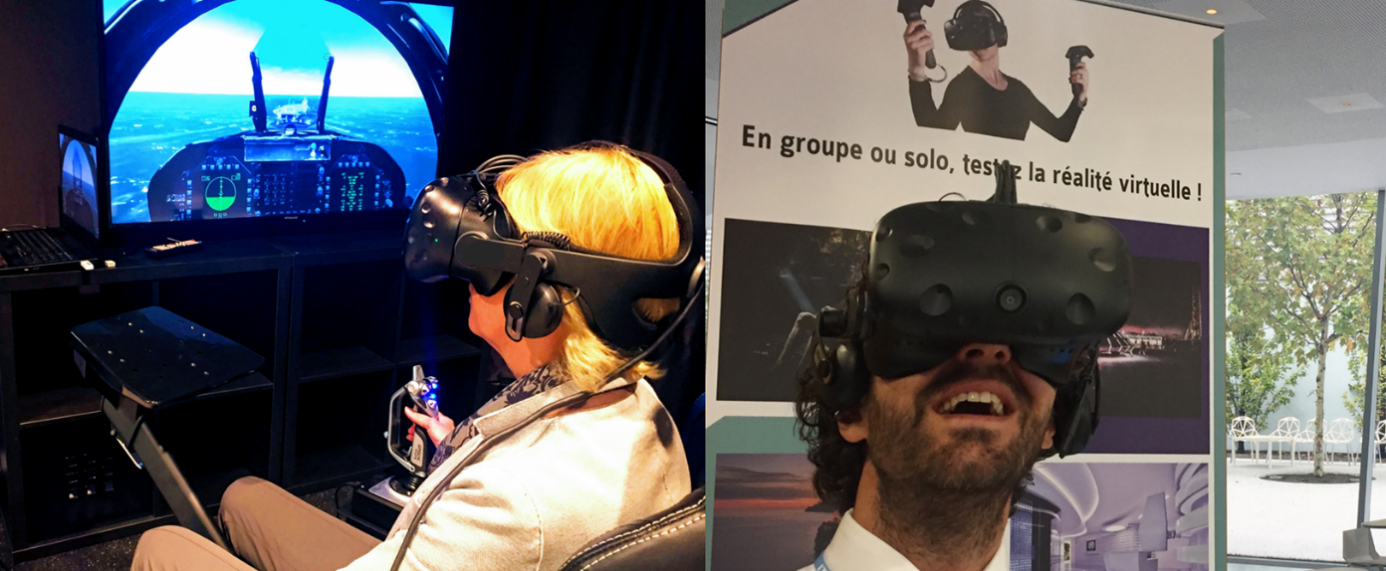
Flight simulation and virtual office tours.


